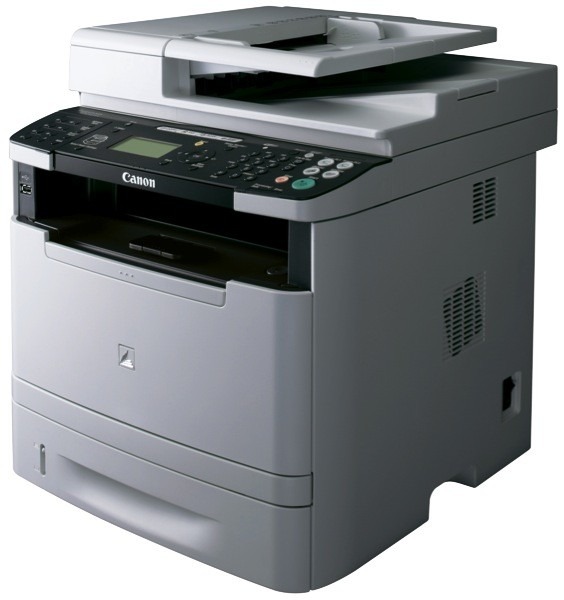What We Do ?
Photocopier Machine

photocopying device,also called Photocopier, any device for creating copies of textual content or graphic materials by means of light-weight, warmth, chemical substances, or electrostatic charges. The necessity for the approach aside from damp photographic reproduction for copying documents stimulated the invention of assorted strategies, notably the diffusion-transfer and dye-line processes, all through the early nineteen fifties. From the diffusion-transfer course of action a master duplicate is built on a translucent sheet, that's put on light-sensitized adverse paper and uncovered to mild.
An additional photocopying strategy that grew to become out there in the early nineteen fifties uses the warmth of infrared light-weight. In this system, sometimes known as thermography, sensitized copy paper is placed in contact with all the authentic and equally are exposed to infrared rays. The initial absorbs the rays in places darkened by print or because of the strains and shades of the illustration, and therefore transfers the impressions to your surface area in the duplicate paper.
The strategy most widely utilized by modern office photocopiers known as xerography. Xerography, which requires the applying of electrostatic expenses and heat, is amazingly functional and might be used to make copies of all types of created, printed, and graphic issue. The premise with the process is photo conductivity, an increase from the skill of specified substances to allow an electric present to flow by way of them when struck by light. The chemical aspect selenium, as an example, is actually a lousy electrical conductor, but when light is absorbed by several of its electrons in addition to a voltage is used, these electrons have the ability to go far more freely from one atom to another. Once the light-weight is taken out, their mobility falls.

Warmth is then momentarily used to fuse the ink particles to the paper. The duplicate paper alone at first offered the treated surface area, nevertheless the substitution from the selenium-coated drum permitted the use of regular paper. Other enhancements had been released, making it feasible to print on both sides of your paper, type and collate, immediately produce a predetermined variety of copies, and enlarge or reduce the picture reproduced with the primary. Xerographic devices able to duplicating colored components turned readily available from the seventies.

